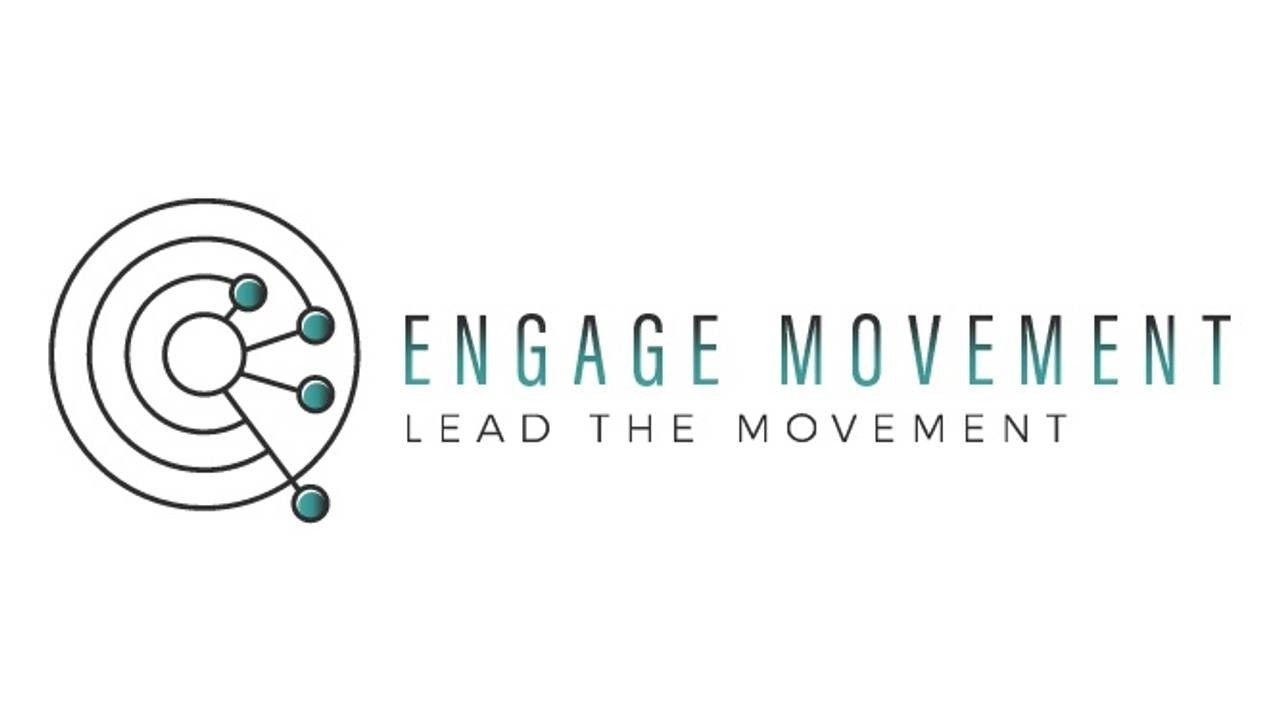When imbalances exist and what to do with them
May 15, 2022
I don’t tweet a lot, but last week, I was tagged in a post by a friend asking my opinion on offensive linemen snatching after a highly respected coach/mentor in the NFL industry, specifically working with linemen, posted his opinion on “forced programming” and what he considered to be problematic. Here’s the video that was being commented on:
https://twitter.com/browns/status/1521574275475554305?s=21&t=8oiJJ4dT5HKCgDnMID-01A
My friend suggested that this be a topic for the newsletter so here we are. Like most internet debates, it started out rather defensive as I am sure Duke (the person who had an issue with these snatches) gets engaged with all the trolls on twitter. If I’ve learned anything from internet debates it takes two to tango and once the tone changed, we were able to have a good discussion.
Duke and I actually shared a lot of beliefs about training. We both respect available ranges of motion and understand strength symmetry as a piece of training. Now, where we differed was the spot on the spectrum of making movements acceptable to a training session while range of motion and strength symmetry limitations exist. Put simply from my interpretation: Duke wants to clean them up fully before introducing more complex patterns, I want to clean them up while working on complex patterns. In theory, I accept a little more risk (although I think it’s relatively minimal). He wants to eliminate it. Now, this is totally an assumption as our interaction is one data point to how we think, but I am going to outline my thought process.
Imbalances will always exist. This creates the age old question: “To what extent is this acceptable?”. To which, I think you need to reframe: “To what extent is this acceptable given the perceived risk to the client?” Check out this blog on understanding risk:reward in training (https://www.engagemovement.com/blog/understanding-risk-reward-profiles-for-training). Now, I want to start breaking things down into buckets so I can start to understand the client attribute profile a little better:
- Is the client symptomatic vs asymptomatic?
- If symptomatic, I will get a little more invasive to what I remove from the training library as there’s a potential the imbalance is a contributing factor.
- If asymptomatic, I am likely making the decision to address the issue while making the adjustments to training minimally invasive.
- How big is the discrepancy between sides or patterns?
- If the gap is large, this means more area of opportunity, especially in the performance realm. More of my direct programming tactics work to address the imbalance (think step-ups taking the place of squats).
- If the gap is small, less opportunity. I would program this work in a more indirect way. Think warm-ups, cool downs, or accessory pieces (think step-ups as a staple in these pieces to prime for squatting).
- What is the general risk of the sport or training modality the client is participating in?
- Is it chaotic and random like being on the football field? Likely more flexibility here given the injury risk on the field or in practice would be greater than what I could control in the gym.
- Is it predictable and controlled? Like training in the gym for things like powerlifting, Olympic lifting, or CrossFit (predictable meaning we can make changes as needed). Strength symmetry work is likely integrated into specific workouts or training sessions and tracking performance over time.
- Where are we in the “season”?
- Is it time to be aggressive and take some calculated risks?
- Is it time to be conservative and attack the asymmetries for longevity?
Here’s the takeaway: No approach is necessarily right or wrong. Each will come with their unique decision profiles and I recommend instead of replicating someone else’s you learn about these principles and create your own. It will start to be a unique characteristic of how you think and make decisions as a coach. Trust your decisions, build your process, and evolve as you get challenged. Not everyone will agree with you, and that’s the point.
Interested in learning more?

